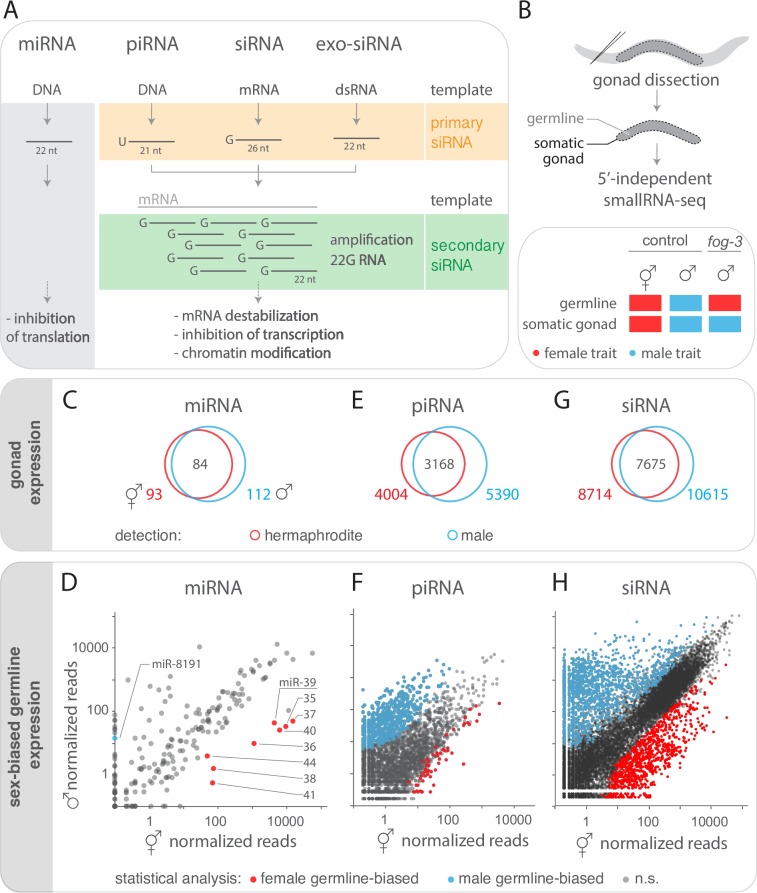Fig 1. Tissue- and sex-specific small RNA profiling.
A) Small RNA types in C. elegans categorized by template (DNA or RNA), length and first nucleotide (nt). Distinct primary small RNA types (orange) induce the amplification of secondary 22G RNAs (green) by RNA-dependent RNA polymerase (RdRP) using mRNA as a template. B) Small RNAs were sequenced from dissected adult C. elegans gonads containing germline and somatic gonad tissue. Control hermaphrodites and males have sex-specific germline and somatic gonad tissue (red: female traits; blue: male traits). Mutant fog-3 males have a ‘female’ germline (red) and a male somatic gonad (blue). C, E, G) Gonad expression of miRNA (C), piRNA (E) and endogenous siRNA (G, >5 mean reads) in control hermaphrodites (red circle, n = 6 replicates) and males (blue circle n = 3). Total number of gonadal small RNAs in each sex is shown as well as the overlap. D, F, H) Sex-differences in expression of mean normalized miRNA (D), piRNA (F) and endogenous siRNA (H) reads in hermaphrodite (n = 6 replicates) and male gonads (n = 3). (D, H) miRNA and siRNA expression-differences with four-fold difference in abundance that were statistically different (Wilcoxon rank sum test with continuity correction; p adjusted<0.01) between hermaphrodites and males as well as between control males and fog-3 males (n = 2) are highlighted in red (female germline-biased) and blue (male germline-biased). (F) Since piRNA are germline-specific, expression-differences between hermaphrodites and males (n = 2) are highlighted in red (female germline-biased) and blue (male germline-biased) without comparison to fog-3. See S1 Fig for sex-differences in somatic gonad expression.

